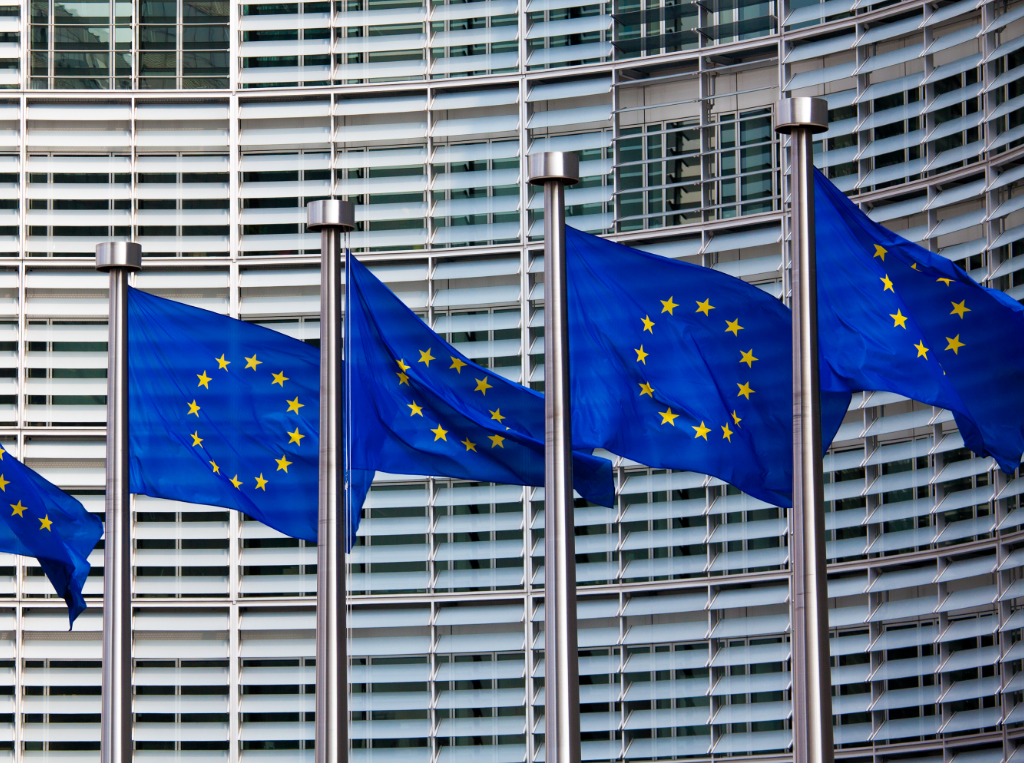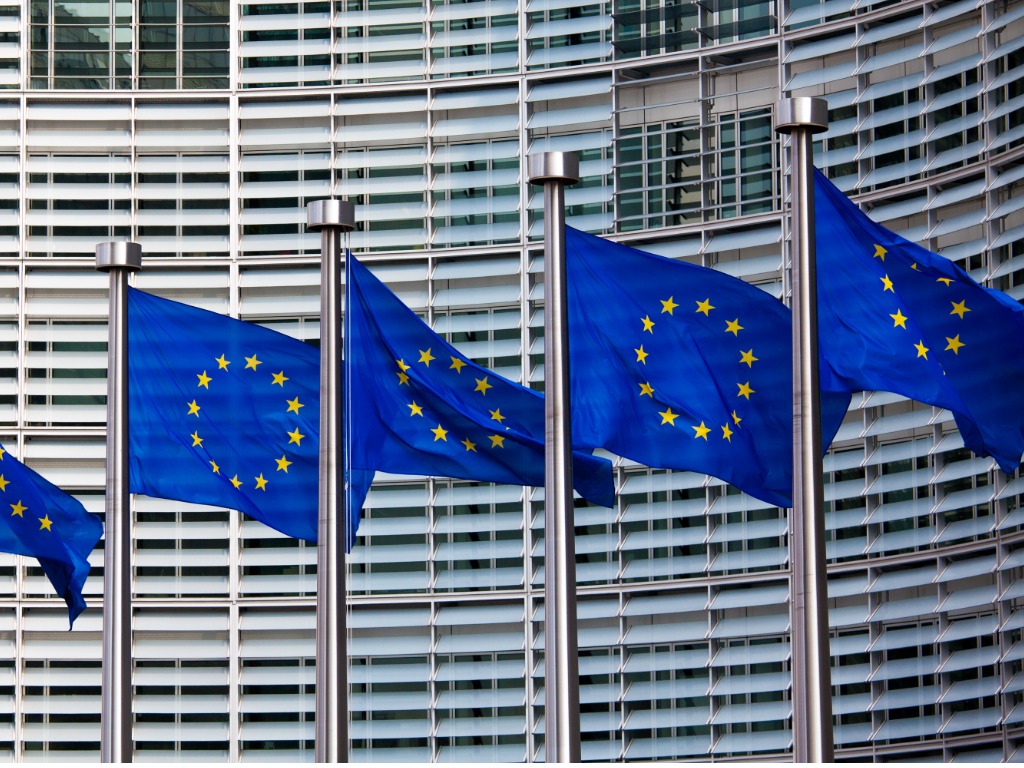EU Revamps Emissions Trading System with Tougher Goals, More Sectors
Lawmakers at the European Parliament and members of the EU Council reached an agreement over the weekend on significant revisions to the EU Emissions Trading System (ETS) – the EU’s internal cap and trade carbon pricing mechanism – including increasing the system’s targeted emissions reduction goals, and expanding the system to additional sectors.
The agreement is a major step towards the completion of negotiations for the European Commission’s “Fit for 55” roadmap – the EU’s proposed strategy to cut greenhouse gas (GHG) emissions by 55% by 2030, compared to 1990 levels – by finalizing the details on the EU’s most significant emissions reduction mechanism, covering around 40% of the EU’s total emissions.
Executive Vice-President for the European Green Deal, Frans Timmermans, said:
“Emissions trading is the centrepiece of our European Green Deal – putting a price on carbon. A stronger Emissions Trading System will help us drive investment into decarbonisation and reduce emissions further and faster, in line with our climate targets.”
Established in 2005, the European Emission Trading System puts a price on carbon emissions for key greenhouse gas (GHG) intensive sectors, including electricity and heat generation, oil refineries, steel, cement, paper, chemicals, and commercial aviation, among others. The system works on a cap and trade basis, setting a cap limiting the amount of greenhouse gas (GHG) that can be emitted by companies each year, and a fixed number of carbon emissions allowances are issued annually, with companies required to hold enough allowances to cover their emissions and ensure they fall under the cap, and able to trade allowances with one another as needed.
According to the European Commission, the revenues from the EU ETS are to be spent by member states entirely on climate and energy-related projects as well as on addressing social aspects of the transition.
The new agreement will see a substantial increase in the EU ETS’ ambition, directing emissions reductions in the covered sectors to 62% by 2030 compared to 2005, relative to the prior 43% mandate. The pace of emissions reductions will increase as well, to 4.3% from 2024 – 2027 and 4.4% from 2028 – 2030. In addition, current free allowances under the EU ETS will be phased out over the next several years, following the recent agreement to implement a carbon tax on imports (the Carbon Border Adjustment Mechanism (CBAM)), enabling the tax to comply with WTO rules.
The agreement also brings emissions trading to new sectors, with the EU ETS expanding to cover shipping emissions from the maritime sector, and the establishment of a separate emissions trading system for the buildings and road transport and some other industrial sectors beginning in 2027.
Alongside the EU ETS deal, the agreement also includes the creation of a new Social Climate fund, financed by €65 billion from the EU budget, plus 25% co-financing by member states, aimed at providing financial support to vulnerable households and micro-enterprises to cope with the price impacts of an ETS for the buildings and road transport and fuels sectors. The fund will provide investments in energy efficiency measures such as home insulation, heat pumps, solar panels, and electric mobility, as well as providing direct income.
Marian Jurečka Czech Minister for Environment, said:
“The agreement on the EU Emissions Trading System and the Social Climate Fund is a victory for the climate and for European climate policy. This will allow us to meet climate objectives within the main sectors of the economy, while making sure the most vulnerable citizens and micro-enterprises are effectively supported in the climate transition.”





